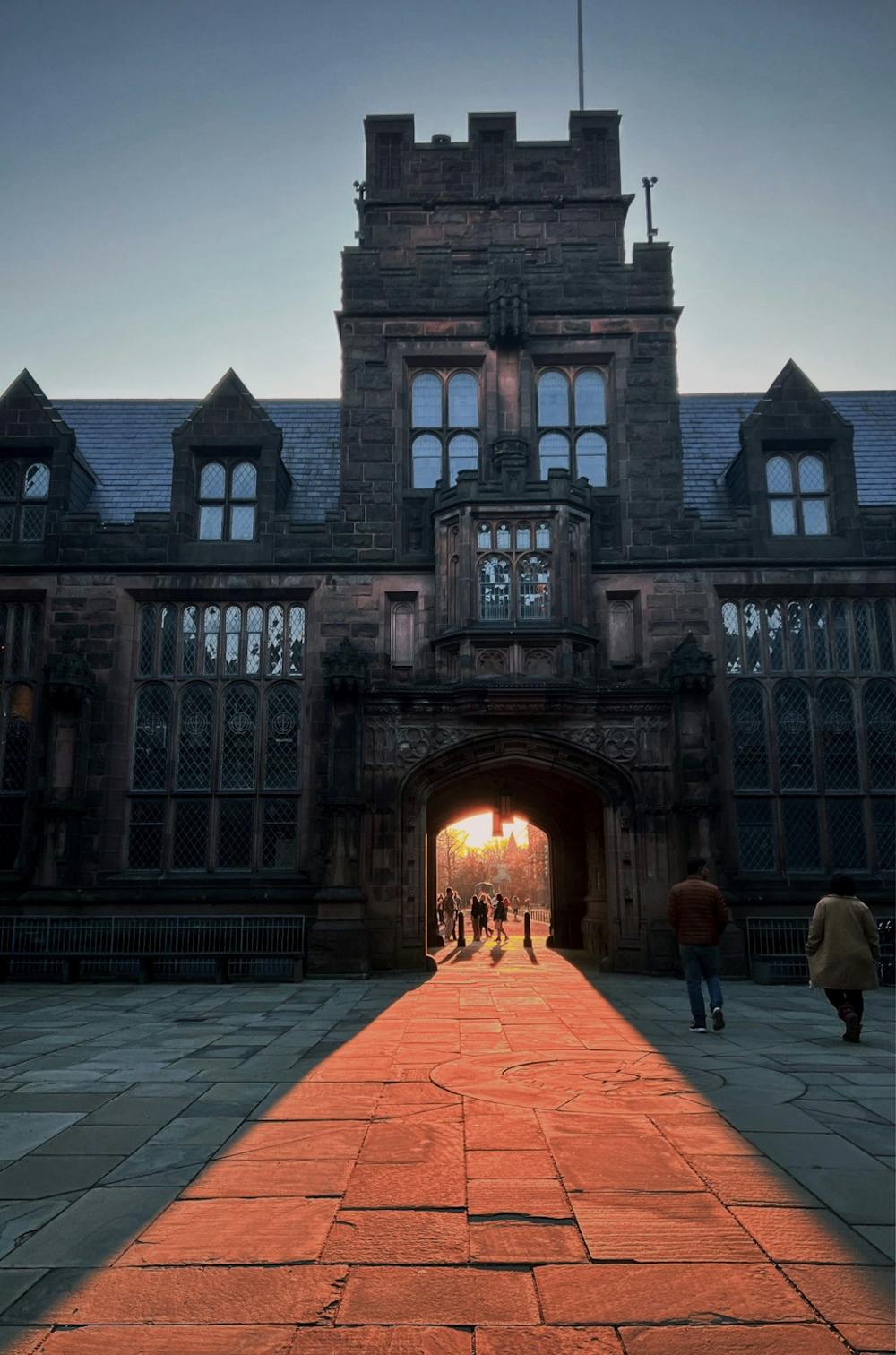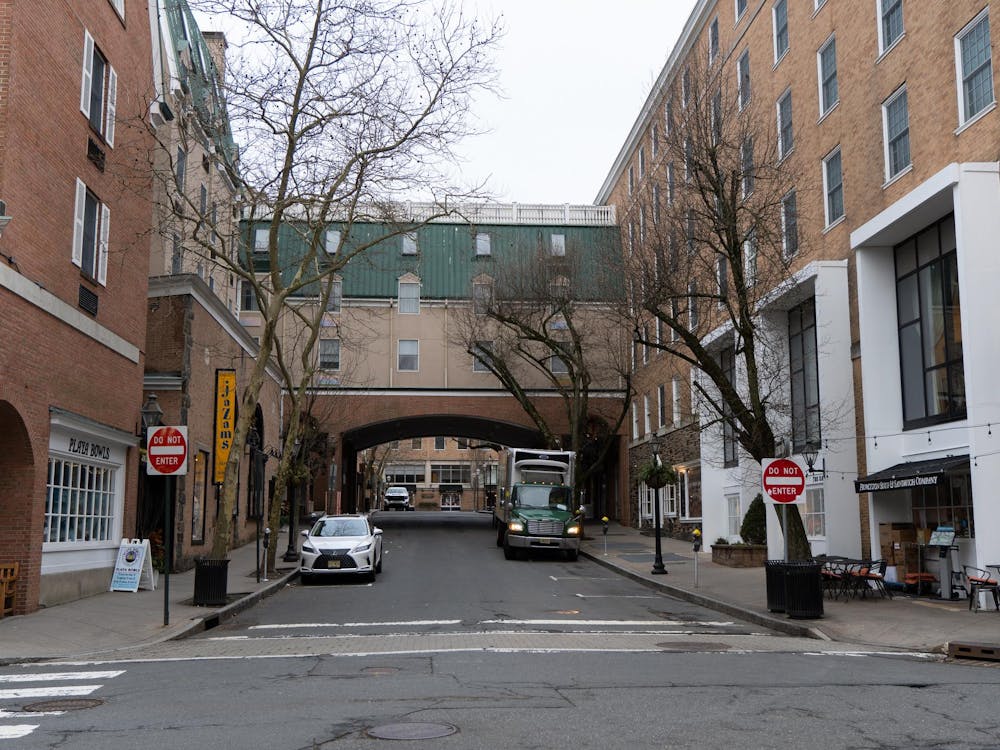“It is the duty of Harvard to receive just as many boys who have come, or whose parents have come, without our background as it can … Experience seems to place that proportion at 15 [percent],” wrote former president of Harvard University A. Lawrence Lowell in 1922. He was defending Harvard’s Jewish quota, asserting that Jewish students were simply too divergent from Harvard’s mainstream to wholly assimilate, and thus — in his words — Harvard wouldn’t be able to “effectively educate [them] in the ideas and traditions of our people” above a certain quota. Fulfilling this quota was accomplished, among other methods, through instituting legacy admissions, which have only continued to support other discriminatory admissions policies since then.
With the Supreme Court’s recent decision to end race-based affirmative action, one tool to fight such prejudice has been lost. The ruling incited backlash, not only towards its projected effect of lowering Black and Latine enrollment, but also towards the contradictory nature of striking down race-based affirmative action while upholding other forms of affirmative action that favor the historically privileged, such as legacy admissions. While not explicitly affiliated with identity, legacy admissions, since their inception, have been successfully crafted to exclude minorities — first on the basis of religion, then on the basis of race — and should thus be abolished in our nation’s universities.
To understand the discriminatory intention of legacy admissions, we have to start at the beginning. The early decades of the twentieth century saw an influx of Jewish immigration to the American Northeast. These new Americans were shunned due to their non-Christian faith and, for many of them, their Eastern European heritage at a time when anxiety about the emergent Soviet Union and communism was planting the seeds of the first Red Scare. The end of World War I further cemented this nativism and reinforced a desire for Protestant dominance among many Americans. Ivy League schools, where Jewish enrollment was increasing rapidly, became a breeding ground for this antisemitism. Princeton’s admissions department was particularly prejudiced. E.E. Slosson, an American journalist, wrote in 1910 that “Anti-Semitic feeling seemed to me more dominant at Princeton than at any of the other universities I visited. ‘If the Jews once got in,’ I was told, ‘they would ruin Princeton as they have Columbia and Pennsylvania.’”
To preserve the Protestant-dominated status quo, Ivy League institutions implemented legacy admissions. In 1922, Princeton overturned its non-selective admissions process, creating an admissions office in its place. After this point, non-academic factors, such as alumni relations, were emphasized in the admissions process to ensure that mainly men of “character” — code for a Protestant background — were admitted. Though Princeton denies ever having used a quota system, a letter from Robert Hutchins, former president of the University of Chicago, reveals otherwise. While he questioned the then-Princeton president, John Hibben, about Jewish enrollment, Hibben’s wife exclaimed, “Jack Hibben … You know very well that you and Dean Eisenhart get together every year and fix the quota.”
Although universities may say that legacy status is simply tied to circumstance — being related to an alumnus — and not identity markers, such as race or religion, legacy status is not that simple. Most children are of the same race and religion as their parents; thus, admissions policies that advantage the children of parents enrolled in the institution forty or fifty years ago attempt to preserve the institution like it was forty or fifty years ago. In this way, legacy freezes an institution in the norms of decades past, paralyzing it from properly moving on into the future.
Princeton’s diversity is still suffering from the regressive impulse of legacy admissions today. For the Class of 2022, the acceptance rate for legacy applicants was roughly 30 percent compared to a slim 5.5 percent total acceptance rate. The injustice is not that legacy admits are less qualified than their non-legacy peers, it’s that the selective nature of Ivy League admissions means that plenty of qualified applicants are rejected and yet, legacy status, which has nothing to do with merit, gives applications a boost in this intensely competitive pool. Such a sizable, unearned advantage in the admissions process necessitates an examination of who benefits from legacy status. Research on the composition of Princeton’s legacy admits reveals that despite a more varied America, legacy status remains reserved for the elite of a century ago.
Legacy admits are less likely to be Black or Asian than their non-legacy counterparts, and they continue to mainly consist of white, upper-class students. Universities often hinge the maintenance of legacy admissions on the idea that as their student populations become more diverse, legacy status will assist a wider range of people. But in reality, legacy admissions only delays that process of diversification by basing some admission decisions on the biases of fifty years ago.
Admissions policies may no longer target Jewish applicants with bigoted strategies designed to hinder their acceptance, but the hateful act of discrimination is unwavering. Legacy policies are working as originally intended: they benefit and protect the privileged at the expense of minorities. These policies have too long lurked in the shadows of America’s higher education system, shrouded by the false justification of stimulating alumni engagement, regardless of the fact that abolishing legacy admissions doesn’t affect donations, and sentiments of “community” and “family” which ignorantly glamorize a prejudiced and elitist aspect of the university’s history.

But Princeton needs to stop making such excuses if they wish to remain an institution whose actions reflect their purported values — justice, inclusivity, and moral excellence. After the Supreme Court overturned affirmative action, University President Christopher L. Eisgruber ’83 wrote to his students that “diversity is essential to the excellence of this university and to the future of our country.” By this metric, legacy admissions, with their inequitable past and present, should cease to exist. There is no place for them in a modern Princeton or a modern America.
Christie Davis is an incoming first-year from Jacksonville, Florida, planning to study history and journalism. She can be contacted at cd6404@princeton.edu.









